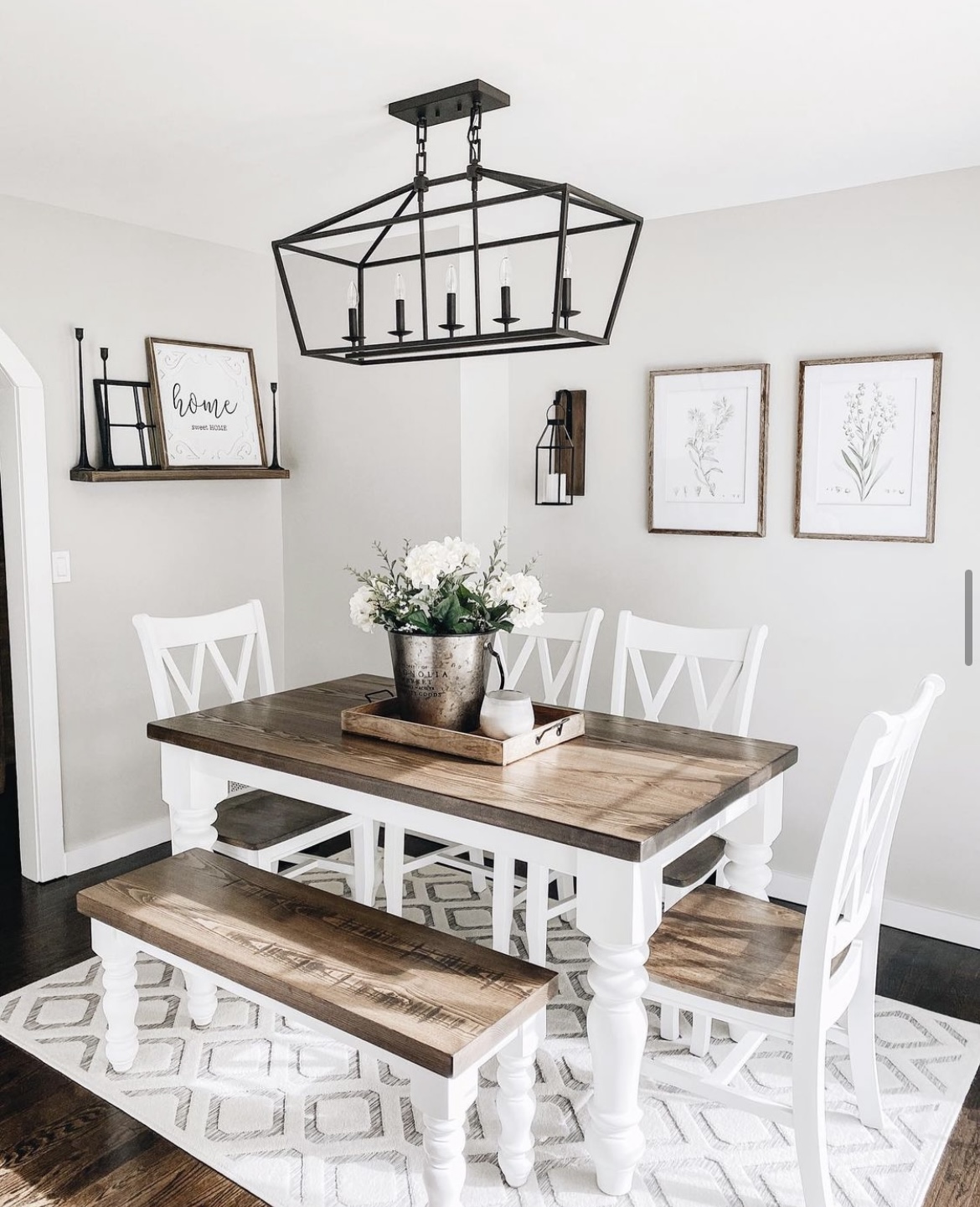Why Dining Room Table Legs Are Crucial for Your Table’s Stability
Why Dining Room Table Legs Are Crucial for Your Table’s Stability
Blog Article
Expert Tips for Setting Up Dining Room Table Legs for Optimum Security
When it comes to setting up eating room table legs, accomplishing optimum stability is vital for both functionality and appearances. What particular methods can boost stability even better?
Choose the Right Legs
When selecting the proper legs for your dining-room table, it is important to think about both capability and visual appeals. The legs you pick will dramatically impact the general layout and security of the table. Initially, evaluate the table's intended use; if you expect regular celebrations, tougher legs, such as those made from strong timber or metal, may be preferable, as they offer raised resilience and support.
Standard eating tables typically range from 28 to 30 inches in height, so make certain the legs line up with this standard for comfort. Conical legs can add a contemporary touch, while turned legs could share an extra traditional aesthetic.

Select Appropriate Hardware
Exactly how can the right hardware improve the stability and long life of your eating room table? The option of appropriate equipment is important to ensuring that the legs of your table are firmly affixed and able to hold up against routine usage. High-quality screws, bolts, and brackets offer the needed strength to support the weight of the table, along with any kind of extra loads placed upon it throughout events or dishes.
When choosing screws, choose those made from durable products such as stainless steel or brass, which stand up to deterioration and maintain stability gradually. The size of the screws is similarly important; they should penetrate deeply into the table's framework without jeopardizing stability. For bolted links, think about making use of lock washing machines to stop loosening up because of resonance or activity.
Additionally, making use of corner braces can add additional assistance, specifically for bigger tables or those with much heavier tops. These brackets disperse weight evenly and assist preserve the table's form. Making certain that the equipment you pick is proper for the details materials of your table will further boost its overall stability and durability, permitting you to appreciate your eating experience for years ahead.
Ensure Proper Placement
Correct placement of eating area table legs is vital for both aesthetic allure and functional security. Misaligned legs can cause an uneven tabletop, which may not only be aesthetically unattractive yet likewise compromise the table's usability. To achieve ideal alignment, start by gauging the distance from the table's corners to the leg accessory points. This guarantees that each leg is positioned equidistant from the edges, developing a well balanced appearance.
Use a degree during installation to validate that each leg is vertical to the tabletop. read more It is recommended to mark the wanted leg settings on the underside of the table with a pencil or covering up tape prior to safeguarding them.
Furthermore, confirm the positioning after the preliminary screws are tightened up, as changes might be necessary before fully securing the hardware. By prioritizing proper alignment, you not only enhance the table's overall her latest blog design but likewise guarantee that it stays practical and steady for many years to find.

Take Into Consideration Weight Circulation
After guaranteeing proper alignment of the eating space table legs, it is essential to consider weight circulation to improve stability and capability. dining room table legs. Appropriate weight distribution is crucial in protecting against guaranteeing and tottering that the table can support its intended lots without threat of tipping or breaking down
When positioning the legs, guarantee they are placed at equivalent distances from the facility of the table to uniformly disperse the weight across the structure. Think about the weight of the tabletop and any items that will regularly hinge on it, such as attractive pieces or tabletop devices. Tables with larger surfaces need to ideally have legs located closer to the corners, as this makes best use of the base of support and decreases the risk of instability.
In addition, if the table is intended for use in a high-traffic location, consider utilizing larger materials for the legs or including supporting components, such as cross-bracing or a lower shelf - dining room table legs. These changes can help preserve equilibrium and prevent moving throughout usage. Ultimately, a well-considered weight distribution method will significantly improve the table's total efficiency, guaranteeing it remains a practical and eye-catching centerpiece for your dining area
Examination Security Prior To Usage
Testing the security of the eating room table before use is a critical step that should not be neglected. Making sure that the table is stable and secure can avoid mishaps and extend the life expectancy of the furnishings. Begin by applying mild pressure to numerous points on the table surface. Lower on the facility and after that along the sides, shifting or observing any kind of wobbling. Recognize the legs or joints that might need modification. if the table shows instability.
Next, examine that all bolts and screws are tightened properly. Loosened links can cause instability and prospective damage with time. If essential, utilize wood check out here adhesive on joints to enhance stability, making certain to permit sufficient drying time.

Final Thought
To conclude, the installation of dining-room table legs needs mindful consideration of materials, placement, equipment, and weight distribution to attain optimum stability. By choosing high-quality fasteners and durable legs, making certain precise alignment, and distributing weight uniformly, the architectural honesty of the table can be significantly improved. Carrying out a security examination before normal usage better ensures that the table will endure daily pressures, thus supplying a secure and trusted eating experience.
When it comes to mounting eating area table legs, attaining optimum security is vital for both performance and appearances. The legs you pick will dramatically influence the total layout and security of the table (dining room table legs). Typical eating tables normally range from 28 to 30 inches in height, so guarantee the legs straighten with this criterion for comfort.Appropriate alignment of dining area table legs is crucial for both visual charm and practical stability.In verdict, the installment of dining room table legs calls for cautious consideration of materials, weight, positioning, and hardware circulation to accomplish maximum security
Report this page